
If you liked this read the articles on other Jungian topics:
This is a free three part group therapy program for doing Jungian therapy, shadow work, and art therapy. For a pdf of the exercise click here:
The Shadow Program (PDF Download)
“Perhaps all the dragons in our lives are princesses who are only waiting to see us act, just once, with beauty and courage. Perhaps everything that frightens us is, in its deepest essence, something helpless that wants our love.”
–Rainer Maria Rilke, Letters to a Young Poet
In Jungian psychology the shadow is all the parts of ourselves that we do not want to accept or deal with. It can contain trauma and shame, but it can also contain things that contradict our ego or self image. Many of these parts are the “opposite” or paradoxical to the way we see ourselves.
What are the things that are hard for you to think about?
What are the parts of yourself that you feel the least in touch with or the most overwhelmed by?
When are the times that you felt the most out of control?
Reading:
Mapping and understanding the shadow is not something that can be accomplished quickly or in one session of a group. However, there are several ways that we can find the shadow quickly.
We often project and attack the parts of self that we are out of touch with in our self image.
For example: I may view myself as an entrepreneur, but I know unconsciously that my father gave me the money to start my career. In this case I might attack other entrepreneurs who boast about benefiting from public grants or other’s largesse.
One of the ways that it is easiest to find the shadow is in the things that we have the strongest emotional reaction to or the things that get the most under our skin. When we are out of touch with something internally we obsess about it internally. We often attack it or, paradoxically, latch to it.
What kinds of people most frustrate you? In what situations are you the most obsessive and angry?
The Shadow is always a paradox. It is always two extreme “opposite” parts of the self that need to be integrated. For example a part of me that is afraid of being judged might ALSO judge everyone.
Can you find these patterns in your friends or family?
Can you see these patterns in your own life?
At the end of this program, assign the assignment for part 2.
Shadow Program Part 2: Drawing The Shadow
“But I had forgotten to mention an upland
Of wind-tortured stone white in darkness, and tall, but when
No wind, mist gathers, and once on the Sarré at midnight,
I watched the sheep huddling. Their eyes
Stared into nothingness. In that mist-diffused light their eyes
Were stupid and round like the eyes of fat fish in muddy water,
Or of a scholar who has lost faith in his calling.Their jaws did not move. Shreds
Of dry grass, gray in the gray mist-light, hung
From the side of a jaw, unmoving.You would think that nothing would ever again happen.
That may be a way to love God.”
–Robert Penn Warren, excerpt from A Way to Love God
Assignment:
Before the next session take a piece of paper and draw a large blank circle on it. Your task is to fill this circle up with an artistic representation of your shadow before the next session. You can paint or draw, but you can do lots of other things to. You could cut out pictures, rip the circle into pieces, or stab a pencil through the page. Anything that you want to create is ok. Just be sure that you.
- Listen to the shadow when you draw. Contact all the things about you that make you uncomfortable or that make you feel overwhelmed.
- Make sure that what you bring in is something that you are comfortable sharing.
“Closer examination of the dark characteristics – that is, the inferiorities constituting the shadow – reveals that they have an emotional nature, a kind of autonomy, and accordingly an obsessive or, better, possessive quality.”
–Carl Jung
Each person shares their shadow with the group and explains their reasoning. Field questions after each person presents but make sure there is time for everyone.
Questions for after everyone presents:
Did you realize anything about your shadow while completing the exercise?
Did you realize anything new after watching the group present?
What are some current dynamics in technology, politics and social norms that contribute to your shadow.
Is there a theme in the group’s shadow?
Drawing the Shadow Part 3
Instructions:
If the drawing the shadow program is a hit, this can be assigned as the next group activity or as an individual follow up activity. For a printable worksheet click here (PDF Download).
Shadow Work Art Activity
The shadow is all of the parts of self that scare us and that we repress. The shadow is something that we can go years, or even a lifetime, without confronting. We cannot find the shadow with our intellectual or logical mind. In fact we often avoid the shadow because we know intellectually that it is untrue or illogical.
The shadow is an overwhelming unprocessed emotion in the subcortical brain. It may be the result of trauma. Sometimes the shadow is the result of painful experiences in life, or judgements from our family or culture and even our genetics and epigenetics. We might know that we are safe, intellectual but our shadow still feels terrified of losing control, being abandoned, being judged or being inferior. The shadow is responsible for the repetitive, obsessive and neurotic behavior that we know intellectually is illogical but feel powerless to stop.
Our shadow can be a million different things with an infinite amount of flavors. Confronting the shadow can take years, but starting to map the shadow can take only a few minutes. The shadow lies primarily in the part of the brain responsible for our intuition, emotional and somatic awareness. Because of this it is easier to flesh the shadow out through our artistic expression and feeling function. Creativity is a highly effective way to contact the shadow.
If you find yourself thinking about the instructions instead of feeling them in your body and emotional space then get out of your head, and come back to the body.
Map the Shadow
Instructions:
Find the places in life that are most overwhelming and upsetting to you. Think about pain, loss, fear, anger and abandonment. What are the conditions that make you feel the most out of control?
Don’t think about the feeling, but try and feel it?
What changes in your body when you feel the overwhelming emotion.
Do you feel pressure, weight, temperature, sensation, fidgets, tension, or another sensation physically. Write down what you feel.
Head:
Hands:
Feet:
Chest:
Stomach:
When you sit with the physical response see if it feels like it has a certain age?
Does it feel 16, 8, or 2 years old? Does it feel older than you?
Flesh Out The Properties
Think of idea words that come up when you map the shadow.
Does it feel big, deep, ancient, evil, dark, immature, wild or something else?
Sit with the feelings that you unearth and see if you get a sense of
Age:
Color:
Texture:
Images:
Symbols:
Locations:
Find Your Medium
Take the ideas that you are uncovering in your shadow and try to get them out creatively. You can draw, write, paint, sculpt, compose music or make digital art.
Sitting with these feelings can leave you feeling raw but it will heighten your creativity. You may need to try multiple new mediums, but you may be surprised by what you can create. Sometimes processing the shadow creatively can make you feel like the art is autonomous or automatic.
Bibliography:
Jung, C.G. The Archetypes and the Collective Unconscious. Translated by R.F.C. Hull, Routledge, 1991.
Zweig, Connie, and Jeremiah Abrams, editors. Meeting the Shadow: The Hidden Power of the Dark Side of Human Nature. Tarcher/Putnam, 1991.
Johnson, Robert A. Owning Your Own Shadow: Understanding the Dark Side of the Psyche. HarperOne, 1993.
Hollis, James. Finding Meaning in the Second Half of Life: How to Finally, Really Grow Up. Avery, 2005.
Bly, Robert. A Little Book on the Human Shadow. HarperOne, 1988.
Further Reading:
Edinger, Edward F. Ego and Archetype: Individuation and the Religious Function of the Psyche. Shambhala, 1992.
Hillman, James. Re-Visioning Psychology. Harper & Row, 1975.
Neumann, Erich. The Origins and History of Consciousness. Translated by R.F.C. Hull, Princeton University Press, 1954.
Frantz, Marie-Louise von. Shadow and Evil in Fairy Tales. Shambhala, 1995.
Luke, Helen M. Dark Wood to White Rose: Journey and Tranformation in Dante’s Divine Comedy. Parabola Books, 1989.
Ulanov, Ann Belford. The Feminine in Jungian Psychology and in Christian Theology. Northwestern University Press, 1971.
Pinkola Estés, Clarissa. Women Who Run With the Wolves: Myths and Stories of the Wild Woman Archetype. Ballantine Books, 1992.
Becker, Ernest. The Denial of Death. Free Press, 1973.
McNiff, Shaun. Trust the Process: An Artist’s Guide to Letting Go. Shambhala, 1998.
Malchiodi, Cathy A. The Art Therapy Sourcebook. McGraw-Hill, 2007.














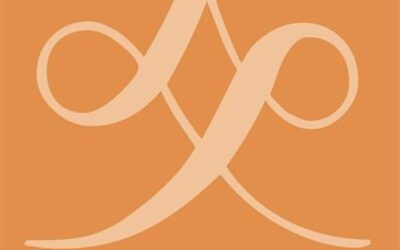

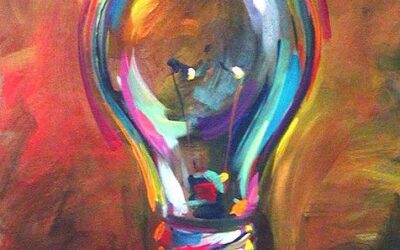
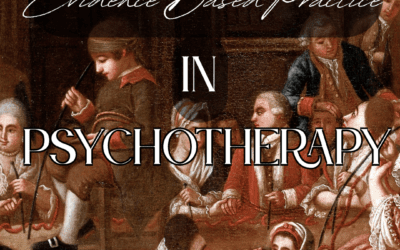




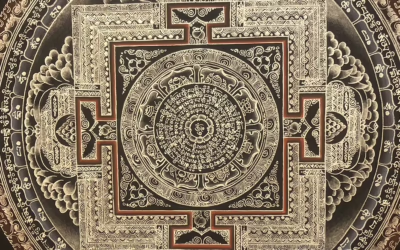
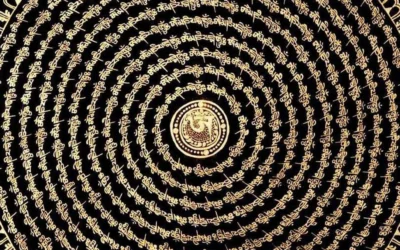
0 Comments